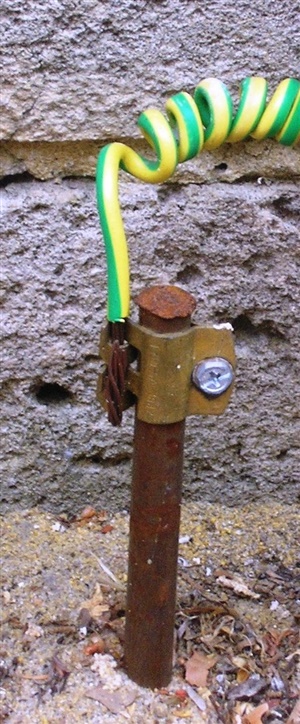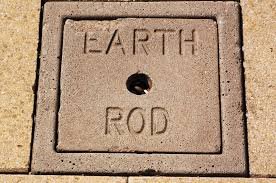Hi,
I am planning a hot tub install, and we circle back to the question of earthing arrangements!
I am thinking of 3 different approaches to this as follows:
- PME to the isolator next to the tub, gland off and convert the output to TT creating an island.
Q: by doing this, how far away from the tub does the rod need to go?
- PME to the tub, and install a rod that is then supplementary to the PME.
Q: can this rod be next to the consumer unit or cut out, or does it need to go next to the tub?
I understand the issue of touch/step voltages, but if a rod is installed next to the consumer unit and the tub is perhaps 10 metres away, would this be sufficient?
- PME to the tub, with a local rod as described in point 2 above, but with a Matt:e device that also protects for open PEN faults.
It isn’t possible to install an earth mat or grid, and the tub is likely going to be installed directly onto a concrete base, possibly with wooden decking surrounding the edges but not confirmed.
I know this is a subject that is debated frequently but this is my first and I wanted to get some feedback.
The TT solution would likely resolve many of the issues however the suppliers earth is better and isn’t dependent on weather and the soil!
Thanks.



